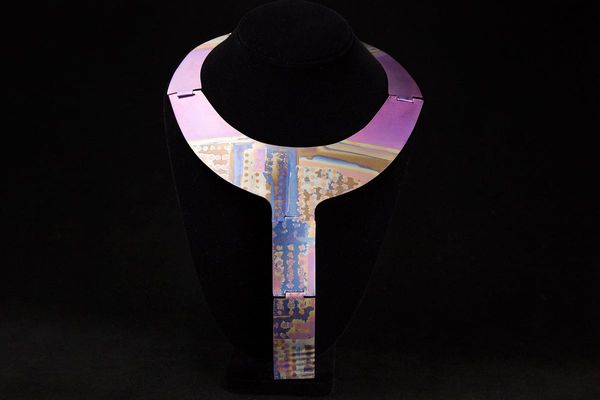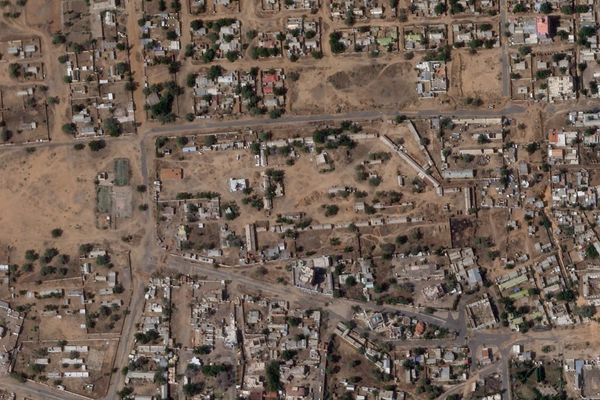

The government has unveiled Australia’s first-ever National Autism Strategy aimed at breaking down barriers and improving the lives of nearly 300,000 people across the country living with autism.
Launched on Tuesday, the new strategy and its associated Action Plan will mark a coordinated national approach to bolstering inclusion and the understanding and acceptance around autism. In other words — hopefully a gamechanger?
The strategy details 22 high level “commitments” across four key outcome areas, namely social and economic inclusion; diagnosis, services and supports; governance; research; and evidence and evaluation.
It was announced in late 2023 and a first draft of the strategy was published in April 2024 and was open for consultation to the public. This is believed to have received over 1,300(!!!) submissions.
“Addressing the barriers autistic people face in areas like education, employment and diagnosis is long overdue and we are proud to deliver a strategy that will change lives for the better,” said Minister for Social Services Amanda Rishworth in a statement.
“This is not a strategy that has been done in isolation. It has been built in consultation and collaboration with autistic people living in Australia.
“Working with autistic people will remain key as we work to implement the goals of the strategy and the associated Action Plan – ensuring we meet the diverse needs of autistic people in Australia.”
The initial action plan, which set out how the government intends to effect change through the strategy, has been released for 2025-26, with future plans to be informed by the work and findings of the plan.
Advocacy organisation People with Disability Australia (PWDA) has voiced cautious optimism, with deputy CEO Megan Spindler-Smith describing the commitments as “promising”.
Still, Spindler-Smith pointed out these will need to be “backed by long-term action plans that are neurodiversity affirming and genuinely co-designed with autistic people”.
Meanwhile Professor Nora Shields, research director of La Trobe University’s Olga Tennison Autism Research Centre — which worked closely with the federal government to develop the strategy — said the goal was “to inspire change that respects individuality while addressing systemic barriers”.
“This strategy is a fundamental step to acknowledging autistic Australians and we look forward to understanding how these ideals will be implemented in practice,” Professor Shields said.

A big win for Australians with autism? We’ll just have to wait and see. (Credit: Instagram)
What we know so far
So, what does all this look like in real terms? The government has put $42.3 million behind the strategy, focusing on initiatives like improving awareness, supporting diagnosis services, and identifying the number of people living with autism in Australia.
The money earmarked towards the strategy so far includes $19.9 million over four years for a peer support program to provide lived-experience knowledge and culturally tailored advice for people with autism and $915,000 over two years for new awareness and education initiatives.
Additionally, there’s $445,000 over the next year for resources towards pre and post autism diagnosis information.
There is also $2.8 million of funding over four years for a comprehensive study to identify the prevalence of autism in Australia (to support future policy development) and $3.7 million over two years to work with the autism community to evaluate existing programs.
When compared to global peers, Australia’s strategy is catching up to nations like the United States, which first launched a series of national initiatives under the Autism CARES Act in 2014, and the United Kingdom, which passed an initial Autism Act in 2009.
Why does this strategy matter?
If you’ve been following the conversations around neurodiversity and autism in Australia, you’ll know that for too long, autistic people have been underrepresented and underserved.
According to a 2024 estimate by Aspect (Autism Spectrum Australia), it’s likely that at least 1 in 40 individuals are on the autism spectrum, higher than previous estimates of 1 in 70.
Unfortunately, services and support has been scattered and autism often goes undiagnosed, especially among culturally diverse groups, Indigenous Australians, and girls.
Individuals with autism also face barriers to employment, with a 2022 survey by the Australian Bureau of Statistics revealing the unemployment rate for autistic people of working age was 18.2 per cent. This was more than double the rate for people with disability (7.5 per cent) and almost six times the rate of people without disability (3.1 per cent).
Here’s hoping this strategy marks a turning point for Australians with autism.
The post Australia Just Got Its First National Autism Strategy, Here’s What It Means appeared first on PEDESTRIAN.TV .







